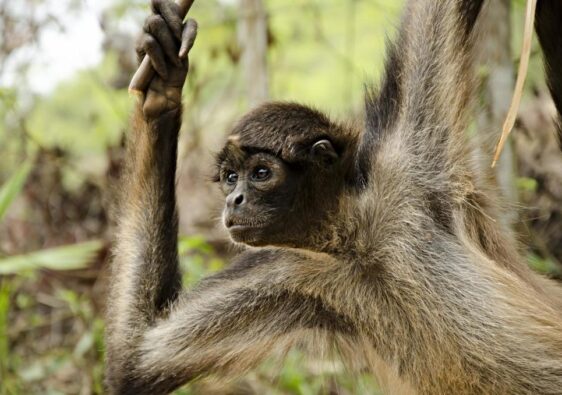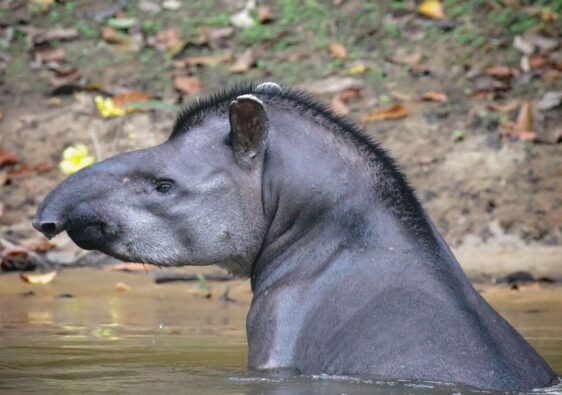A project led by Bosque Colombiano Foundation, supported by The Conservation, Food & Health Foundation, protects 23 species of sharks and rays in the Colombian Pacific
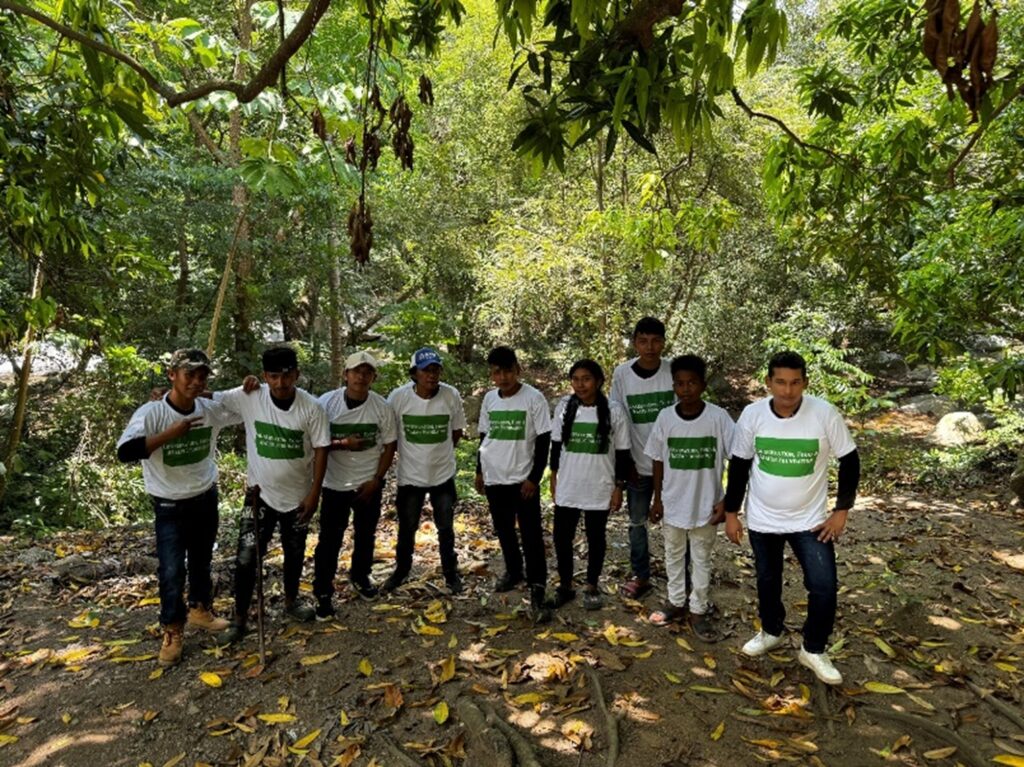
Colombian Pacific – The Indigenous Emberá community has successfully reduced Illegal, Unreported, and Unregulated (IUU) fishing by 70% within a 24,216.33-acre stretch of the Pacific Ocean, following the implementation of a community-managed Marine Protected Area (MPA). The initiative, funded by The Conservation, Food & Health Foundation (CFHF) and led by Bosque Colombiano Foundation, is being hailed as a conservation model that could be replicated in other regions affected by biodiversity trafficking.
The strategy has mitigated marine habitat degradation and protected 23 species of sharks and rays, including the scalloped hammerhead shark (Sphyrna lewini) and the oceanic manta ray (Mobula birostris), both classified as critically endangered by the International Union for Conservation of Nature (IUCN).
“Indigenous governance has proven effective. We have seen an 18% increase in shark sightings in breeding zones that were previously devastated by overfishing,” said María Angélica Suárez, a researcher at Bosque Colombiano Foundation.
A Community as Ocean Guardians
The project has strengthened Indigenous governance by training 25 Emberá park rangers, who patrol the protected area daily using drones, radio stations, and GPS technology. Additionally, 80 new fishing regulations were introduced, achieving a 95% compliance rate among local fishers.
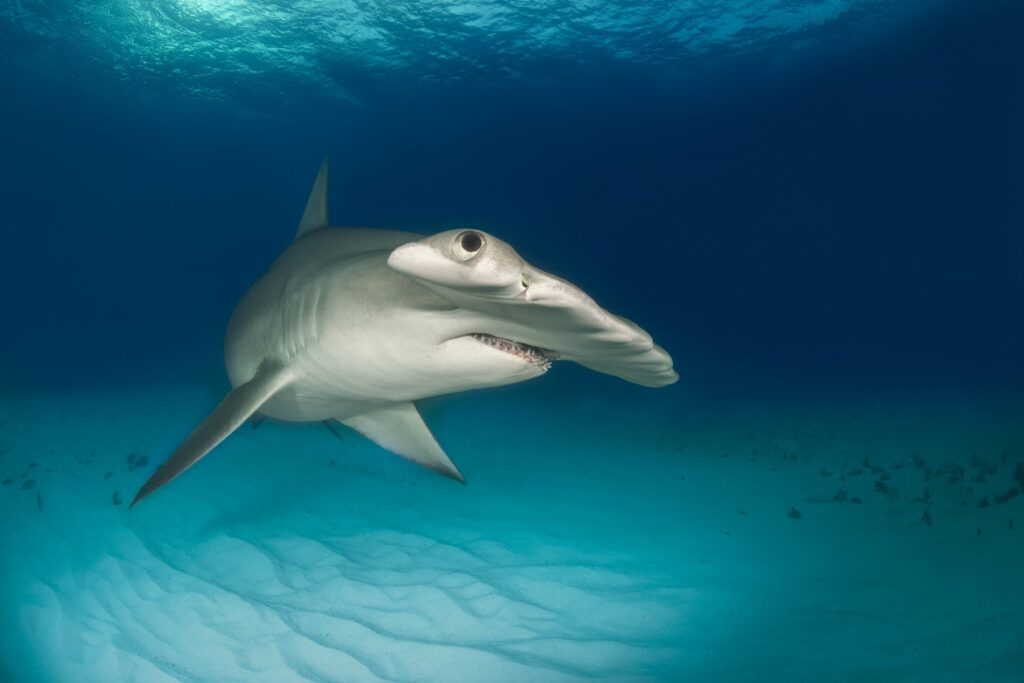
To reduce pressure on protected species, 100 destructive fishing kits were replaced with sustainable gear, reducing juvenile shark bycatch by 40%.
However, the project’s implementation faced significant challenges. Criminal groups were detected operating within 200 hectares of the protected area, forcing field activities to be temporarily suspended. Extreme weather events also delayed the installation of 100 conservation signs.
A Strategy with Global Impact
The success of this initiative has drawn attention from international conservation organizations. According to The Conservation, Food & Health Foundation, this management model could be applied to other marine ecosystems affected by illegal fishing.
“Investing in Indigenous communities as guardians of their own resources is an effective and sustainable strategy. The results in Colombia confirm that traditional knowledge, combined with technology and adequate funding, can curb the biodiversity crisis,” said James Hathaway, a CFHF representative.
One of the most significant achievements has been the creation of the Indigenous Environmental Secretariat, responsible for ensuring the long-term management of the protected area. This initiative guarantees that the Emberá community will continue conservation efforts beyond the initial funding period.
The Future of the Protected Area
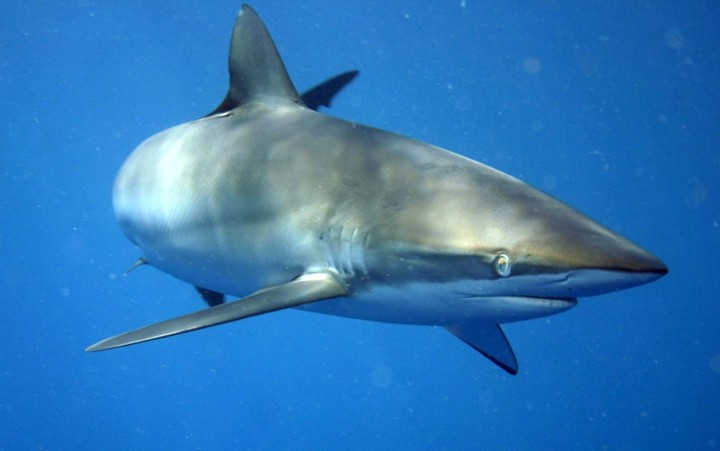
For Indigenous leaders, the next goal is to strengthen surveillance and expand protection to other areas of the Colombian Pacific.
“We are proving that we can protect our territory without relying on external actors. Our traditional knowledge and science can work together to restore the oceans,” said Diana Morales, an Emberá leader.
As the Emberá community solidifies its role as ocean defenders, this Colombian initiative stands out as a benchmark for Indigenous-led marine conservation in Latin America and beyond.
See the final project report at:

